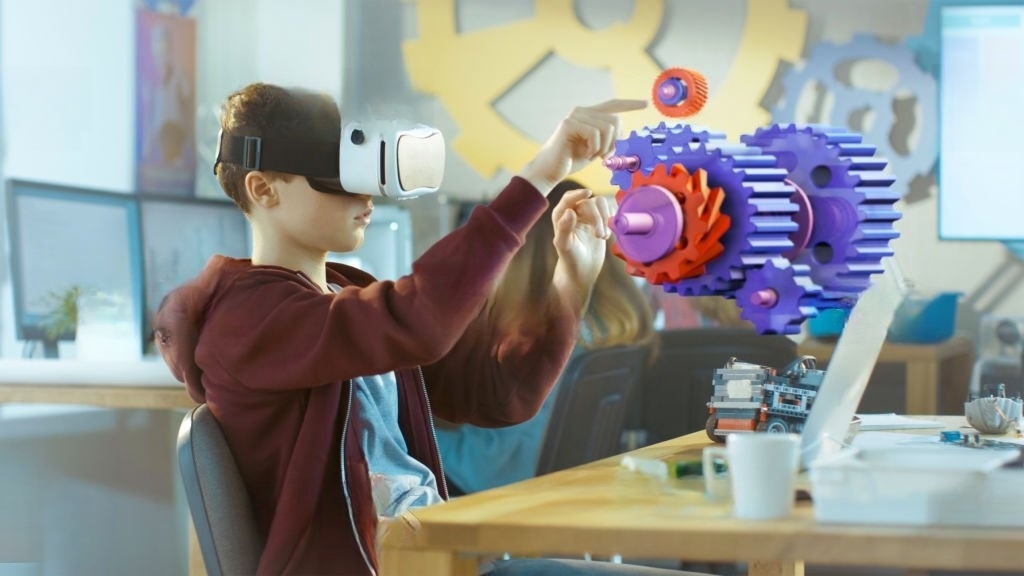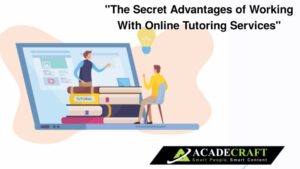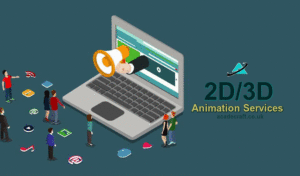Virtual Reality (VR) has the potential to significantly impact education by revolutionizing the way students learn and engage with educational content. Here are some ways in which VR can change education:
- Immersive Learning Experiences: VR can provide immersive learning experiences that go beyond traditional classroom settings. Students can be transported to virtual environments where they can explore historical sites, travel to different countries, or even visit outer space. This hands-on and experiential learning approach enhances student engagement and retention of information.
- Virtual Field Trips: VR can simulate 3D aniamtion realistic field trip experiences, allowing students to visit museums, art galleries, or natural habitats without leaving the classroom. Virtual field trips provide access to places that may be geographically or financially challenging to reach, opening up new learning opportunities for all students.
- Complex Simulations and Experiments: VR enables students to engage in realistic simulations and experiments that may be too dangerous, expensive, or impractical to conduct in a physical setting. For example, students can practice science experiments, simulate engineering designs, or conduct virtual dissections, enhancing their understanding and skills in a safe and controlled environment.
- Personalized Learning: VR can adapt to individual student needs and learning styles. Through interactive modules and adaptive content, students can receive personalized instruction, feedback, and assessment. VR can also track student progress, identify areas of improvement, and provide targeted interventions.
- Collaboration and Social Learning: VR facilitates collaboration and social learning among students. Virtual classrooms and group activities allow students from different locations to interact, work together on projects, and exchange ideas. This promotes teamwork, communication skills, and global collaboration.
- Accessibility and Inclusivity: VR can address accessibility barriers and provide equal learning opportunities for all students. It can accommodate various learning styles, disabilities, or special needs by adapting content, providing multi-sensory experiences, and offering customizable interfaces.
- Career and Vocational Training: VR can be used for career exploration and vocational training. Students can virtually experience various professions, practice job-related skills, and gain practical knowledge in a simulated work environment. This enhances their career readiness and prepares them for real-world challenges.
- Critical Thinking and Problem Solving: VR can stimulate critical thinking and problem-solving skills by presenting students with complex scenarios and challenges. They can engage in decision-making, explore consequences of their choices, and learn from their mistakes in a risk-free environment.
While there are challenges to implementing VR in education, such as cost, technical requirements, and content development, the potential benefits make it an exciting tool for transforming the learning experience and preparing students for the future.










